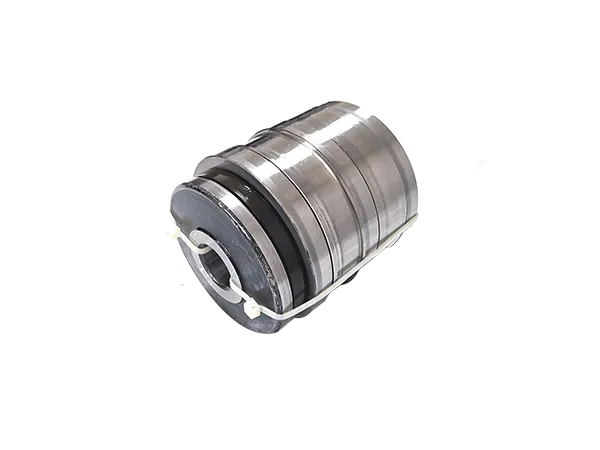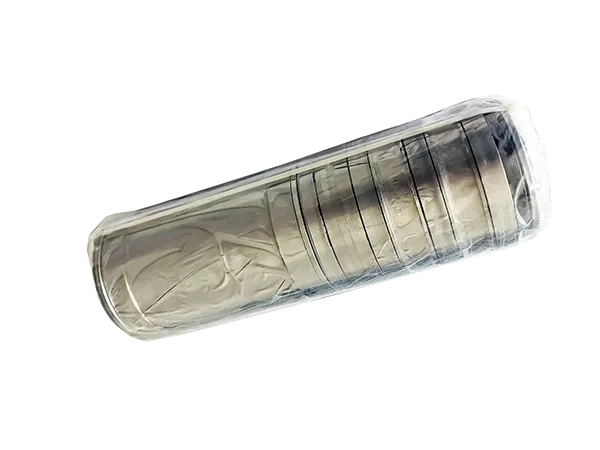Understanding Three-Row Tandem Bearings: Advantages, Applications, Installation, and Characteristics
Tandem bearings, particularly three-row tandem bearings, have become increasingly significant in various engineering applications due to their unique design and benefits. These specialized bearings are engineered to accommodate high loads and provide stable performance in numerous industrial settings. This article delves into the advantages, applications, installation procedures, and characteristics that define three-row tandem bearings.
Advantages of Three-Row Tandem Bearings
Three-row tandem bearings offer several advantages that make them ideal for heavy-duty applications. Firstly, their design allows for the support of radial loads, axial loads, and moment loads simultaneously. This multi-directional load capability is a critical factor in applications where space and efficiency are paramount.
Secondly, these bearings have a high load-carrying capacity. The arrangement of three rows provides an increase in the number of rolling elements, distributing the load more evenly and minimizing stress on individual components. This enhances the longevity of the bearing, reducing maintenance needs and downtime.
Furthermore, three-row tandem bearings typically have a lower friction coefficient compared to traditional bearings. This results in improved energy efficiency and reduced heat generation, leading to better performance in operations requiring sustained activity.
Applications of Three-Row Tandem Bearings
The versatility of three-row tandem bearings allows them to be used across a diverse range of industries. One of the most prominent applications is in the construction and mining sectors, where high-load applications are common. Cranes, excavators, and drilling rigs benefit from the robust support offered by these bearings, ensuring durability and reliability in challenging environments.
Additionally, three-row tandem bearings are often utilized in the aerospace industry. The need for compact yet high-performance components in aircraft design makes these bearings an ideal choice, as they can handle substantial loads while maintaining precision.
Moreover, these bearings find extensive use in wind turbines, where they contribute to the smooth operation of the rotor and gearbox assembly, thereby maximizing energy output and efficiency.
Installation Procedures
The installation of three-row tandem bearings necessitates careful planning and execution to ensure optimal performance. Initially, it is vital to prepare the housing and shaft, ensuring that all surfaces are clean and free of contaminants. Any imperfections in the mounting surfaces could lead to premature wear or failure of the bearing.
Upon preparation, the bearing must be correctly aligned. Improper alignment can cause uneven loading and significantly diminish bearing life. Special tools may be required to press the bearing into place without causing deformation.
It is also essential to incorporate the correct lubrication during installation. The choice of lubricant affects the bearing’s operational performance, heat dissipation, and longevity. Regular maintenance checks following installation are crucial to monitor the condition of the bearing and to decide on lubrication intervals.
Characteristics of Three-Row Tandem Bearings
Understanding the key characteristics of three-row tandem bearings can better inform their selection for specific applications. These bearings typically feature a compact design, optimizing space while maintaining high performance. The three-row configuration allows for a significant number of rolling elements, contributing to a greater load-carrying capacity.
Additionally, the modular design of many three-row tandem bearings accommodates customization, enabling engineers to tailor the bearing specifications to meet specific application requirements. This adaptability is crucial in sectors where load demands can fluctuate or vary significantly.
Finally, the resilience of three-row tandem bearings to environmental factors such as temperature, moisture, and contaminants is a critical characteristic, making them suitable for operation in hostile environments where traditional bearings may fail.
Conclusion
In conclusion, three-row tandem bearings are a vital component in modern engineering applications. Their design and inherent advantages make them exceptional choices for industries requiring high load capacities, versatility, and durability. By understanding their benefits, applications, installation procedures, and defining characteristics, engineers can make informed decisions regarding their implementation, ultimately enhancing performance and efficiency in their operations. The advancement in bearing technology continues to pave the way for innovative engineering solutions, with three-row tandem bearings at the forefront of this evolution.




